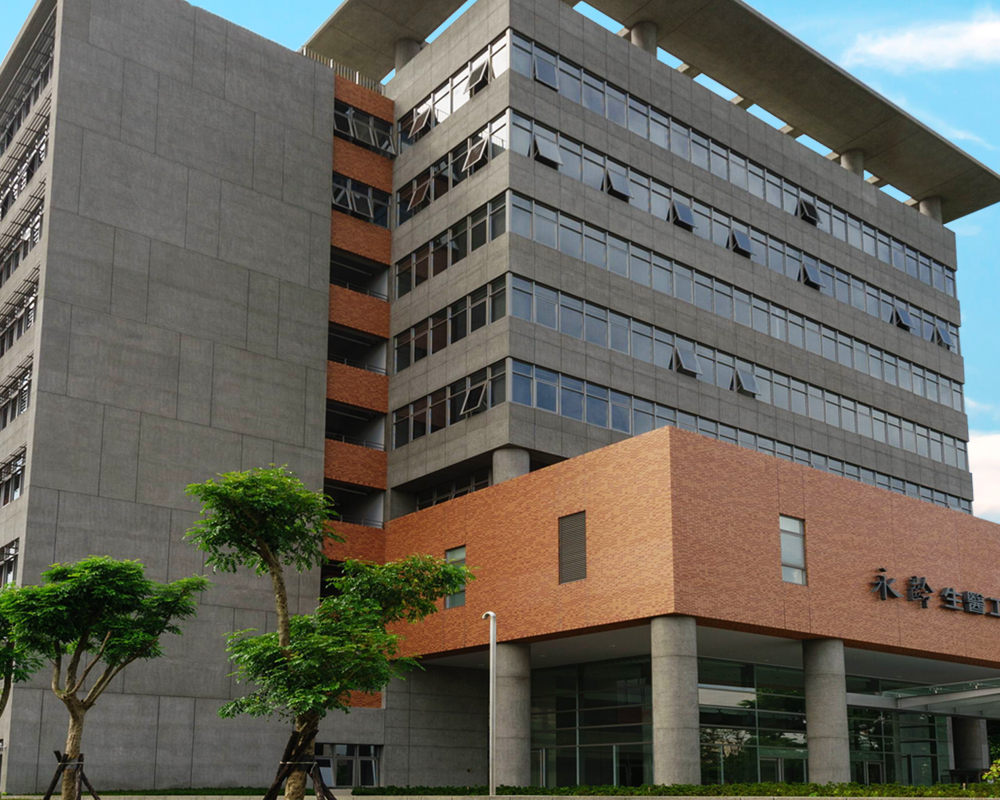Imaging and molecular defects in transcriptionsyndromes2021.04.12
-
時間:2021年4月19日上午8:30
-
地點:醫學院202講堂
-
講者:Jean-Marc Egly(Yonglin Chair, NTU, College of Medicine,TW.; Inserm Fr.)
-
摘要:
The remarkable biochemical advances in gene expression regulation provided insights in the pathogeny of up to 20 genetic disorders related to mutations within components of the transcription machinery requested to read any genes. We dissected the molecular defects (some of them visualized by confocal and immunostaining) that lead at least in part, to the development of clinical features observed in patients with xeroderma pigmentosum (XP), trichothiodystrophy (TTD), Cockayne syndrome (CS), Opitz Caveggia, etc…. For example, we showed that hypoplasia of the adipose tissue and demyelination of the central nervous system in TTD reside in impaired transactivation mediated by the nuclear hormone receptors responsive genes. We also demonstrated that Cockayne’s syndrome-related mutations in the CSA and CSB proteins prevent the removal of the gene repressor ATF3, and consequently the restart of transcription post-cellular (such as UV, Heat-Shock stress) as well as a defect in the separation of the two daughter cells during cell division. In addition to their implication (once mutated), in various genetic disorders, components of the transcription/translation machineies interact with virally encoded proteins, revealing how the virus interfer with the host cell. In particular, we observed that the NS proteins of the Rift Valley hemorrhagic fever (RVHF) virus sequesters a subunit of a transcription factor in a nuclear filamentous structure, disturbing the transcription process, which corresponds to the mechanism used by this virus to evade the host response.

